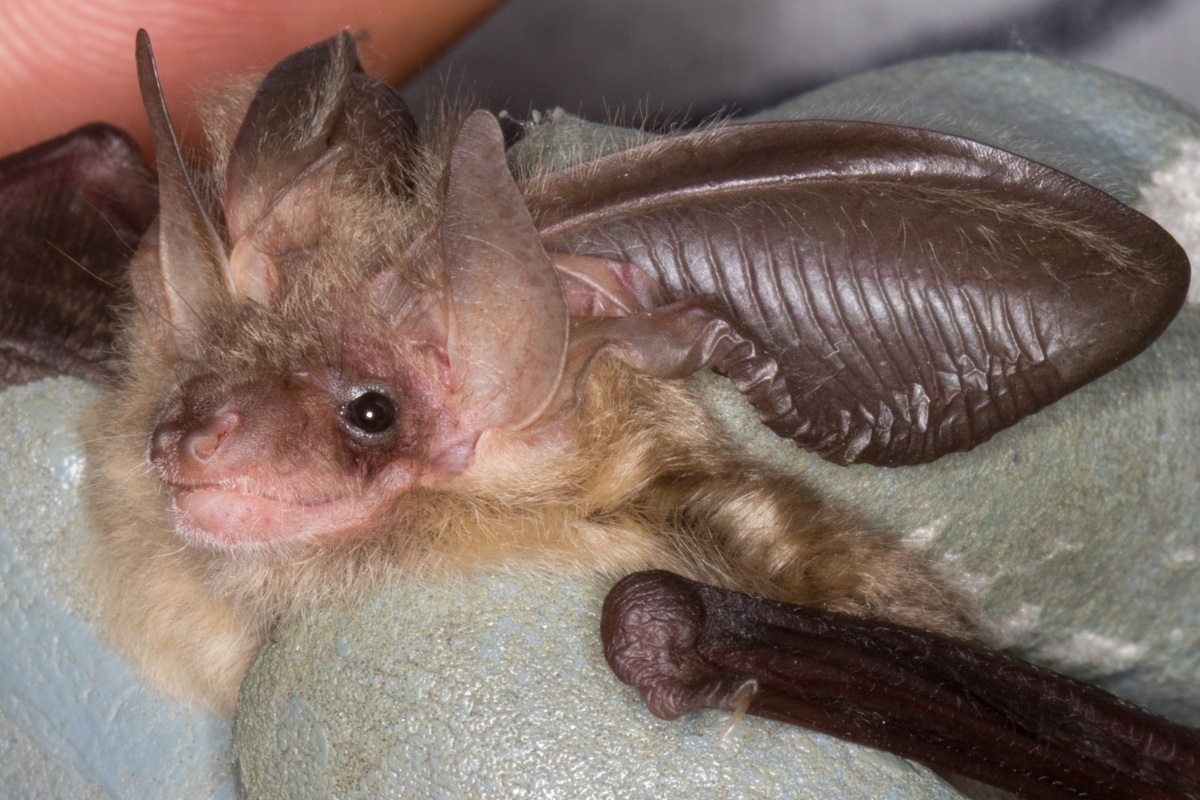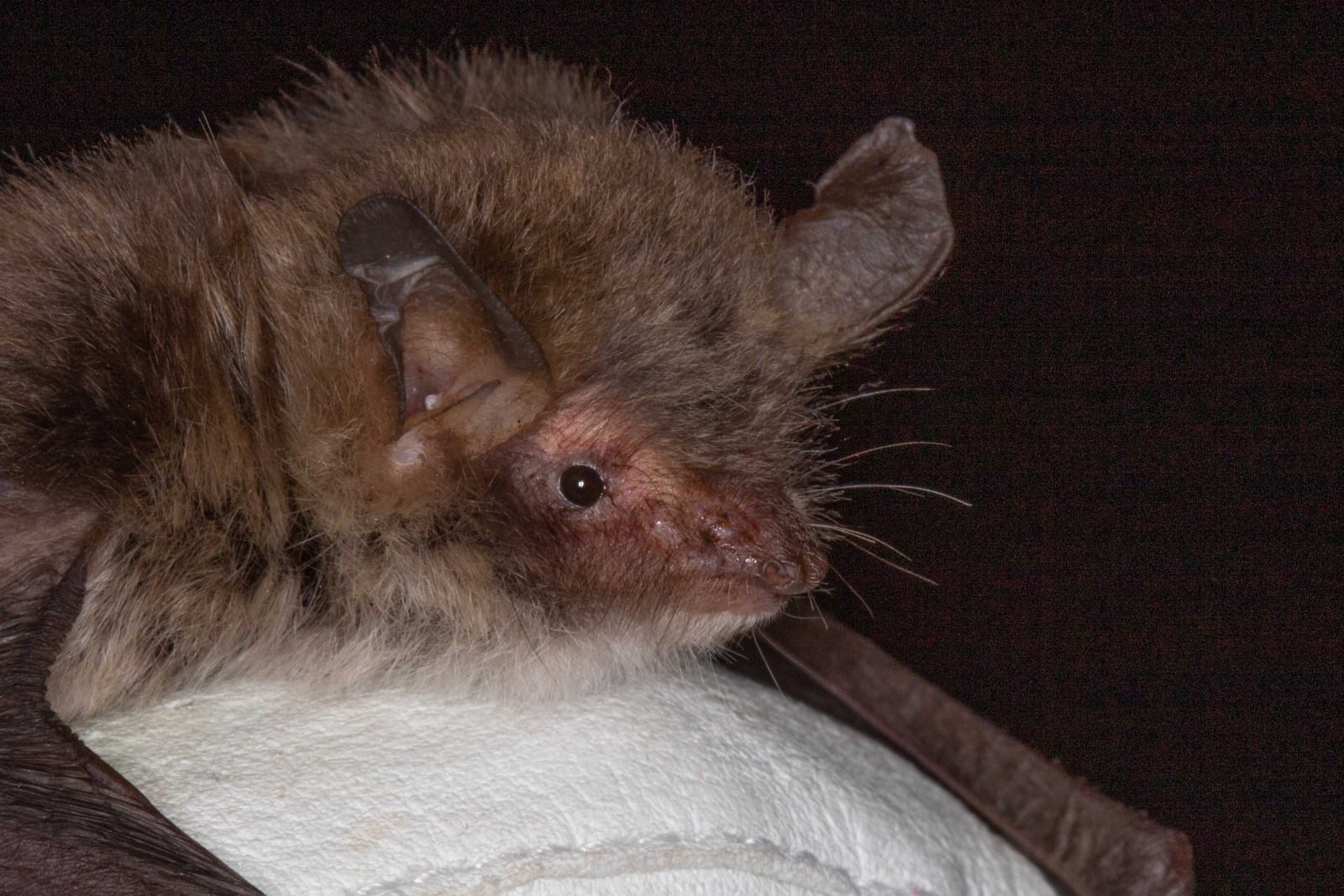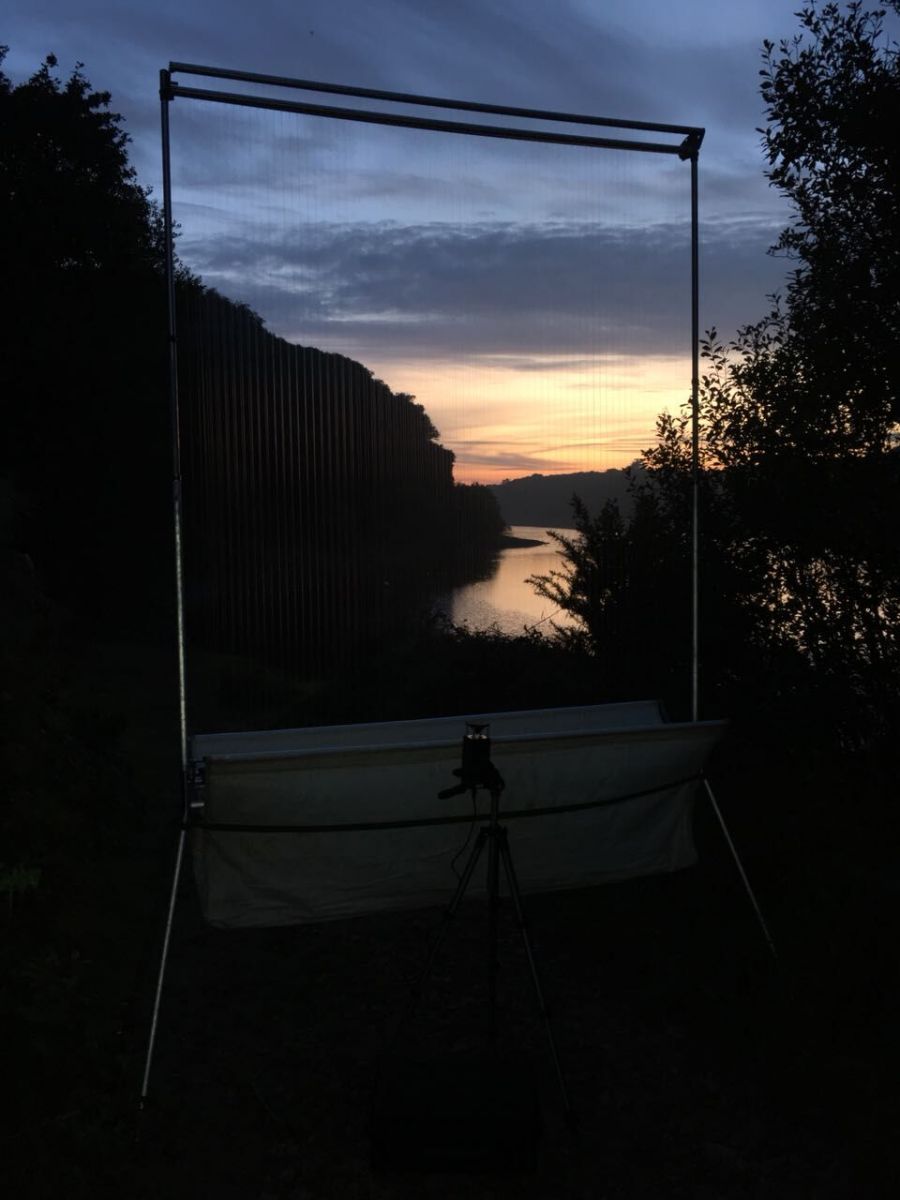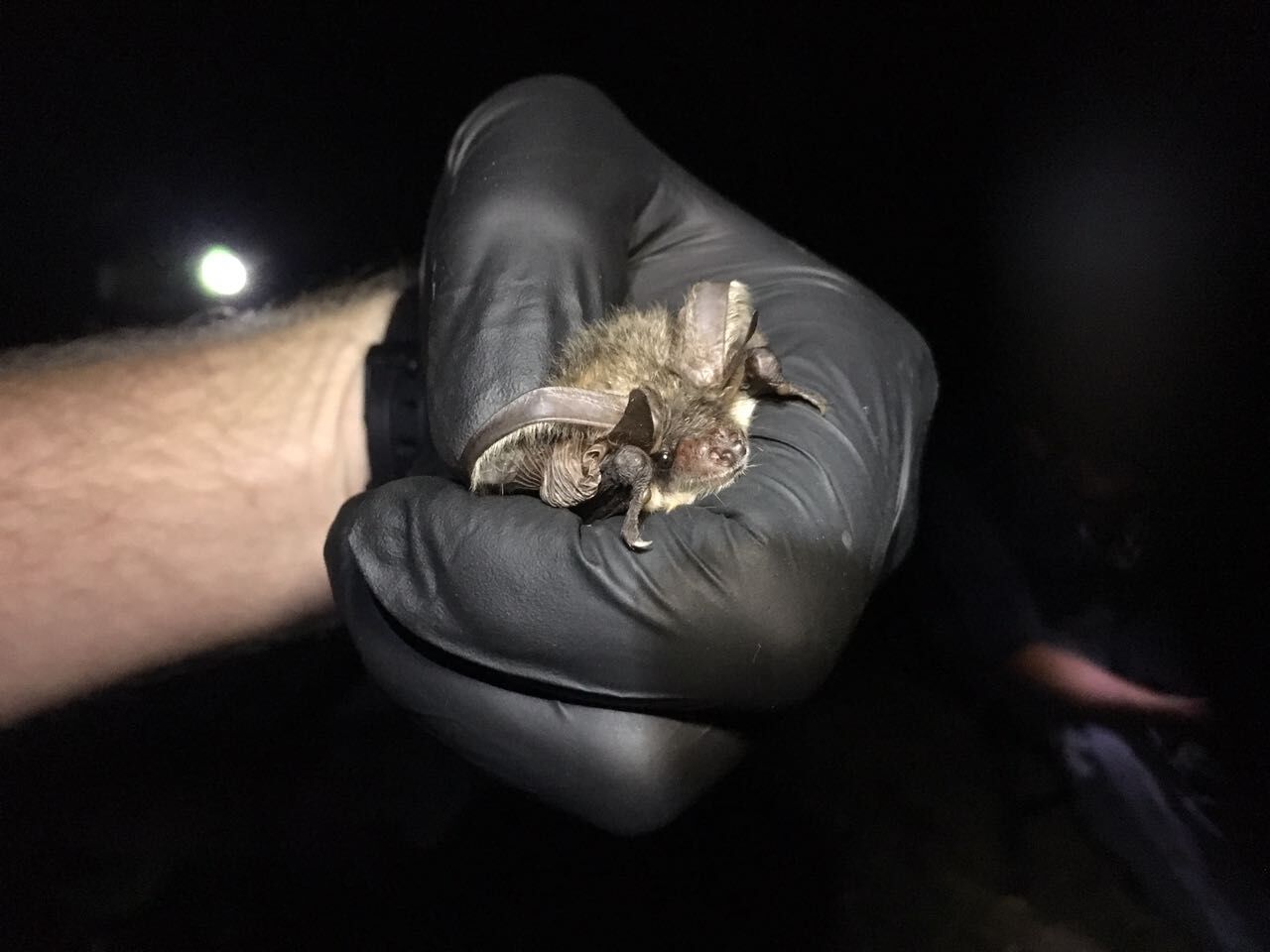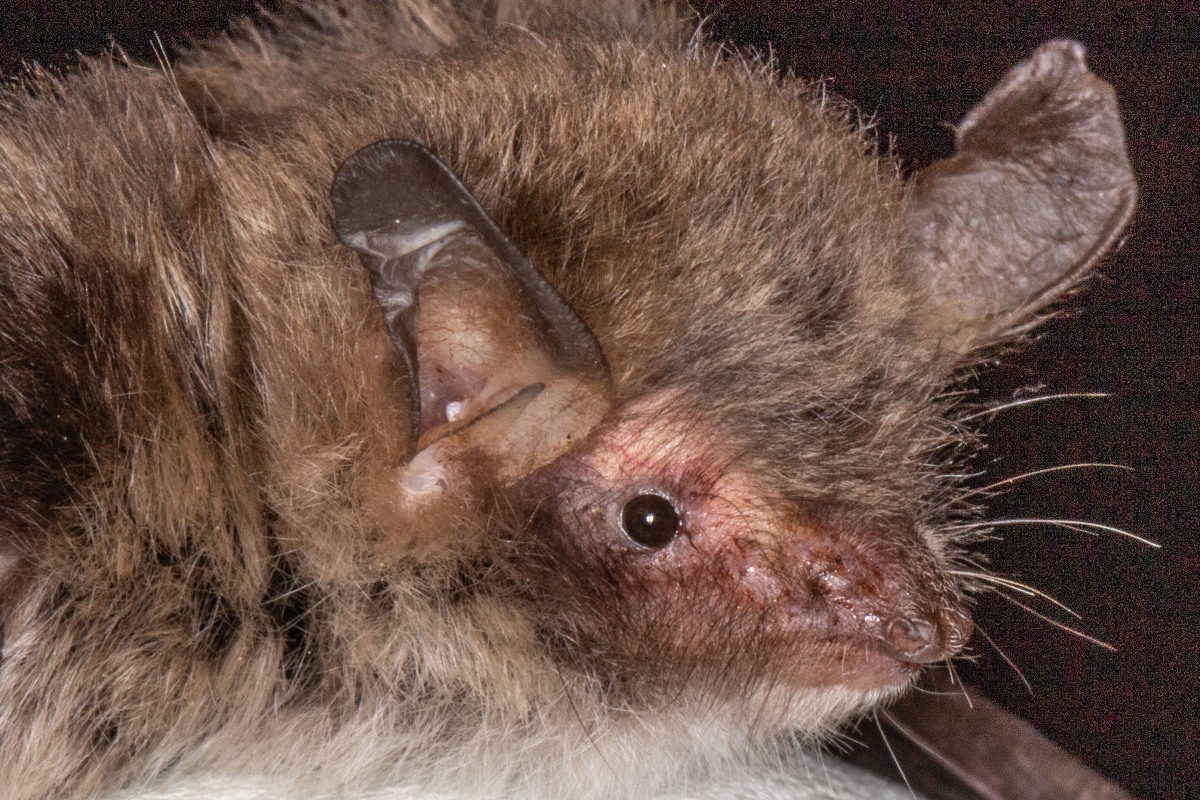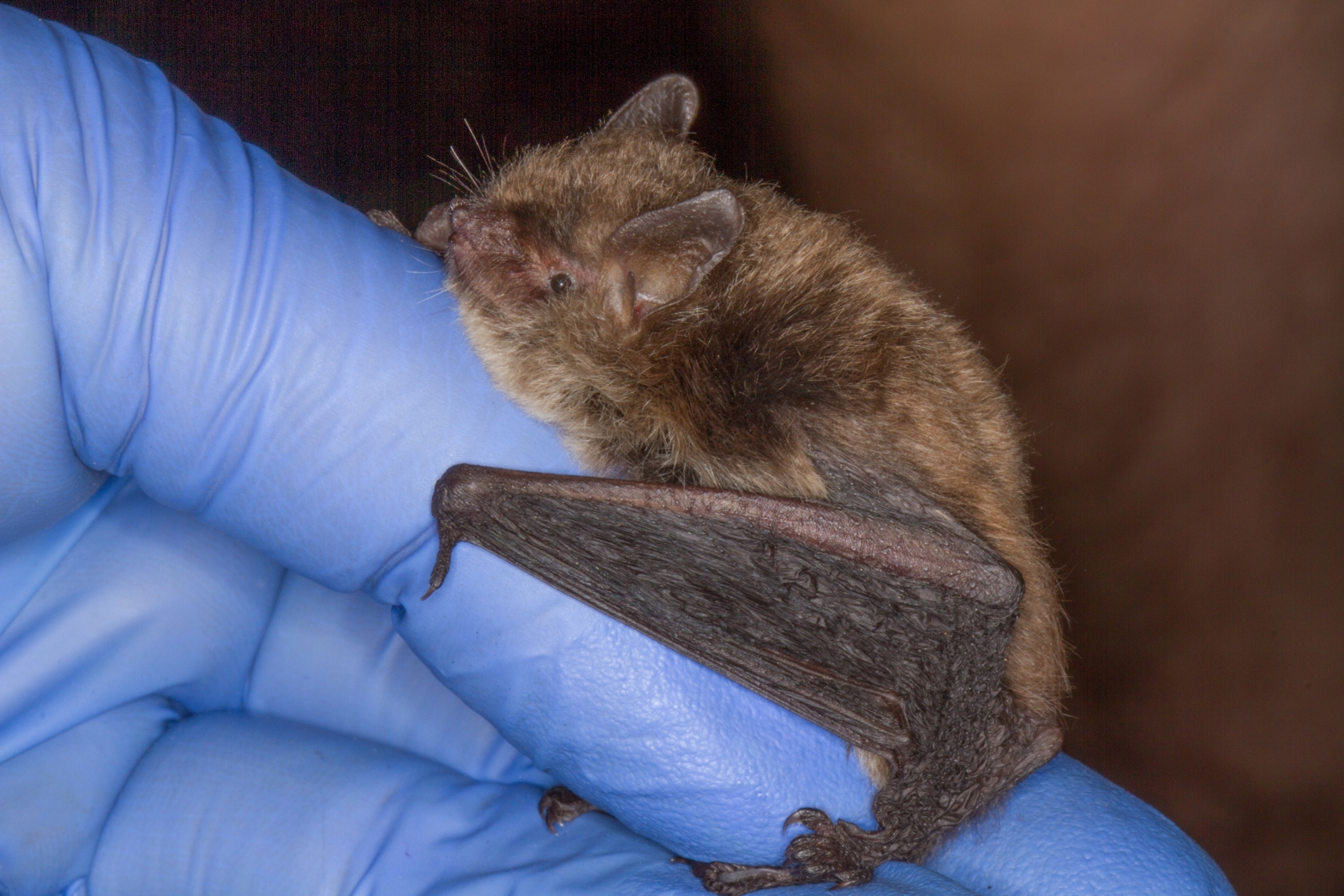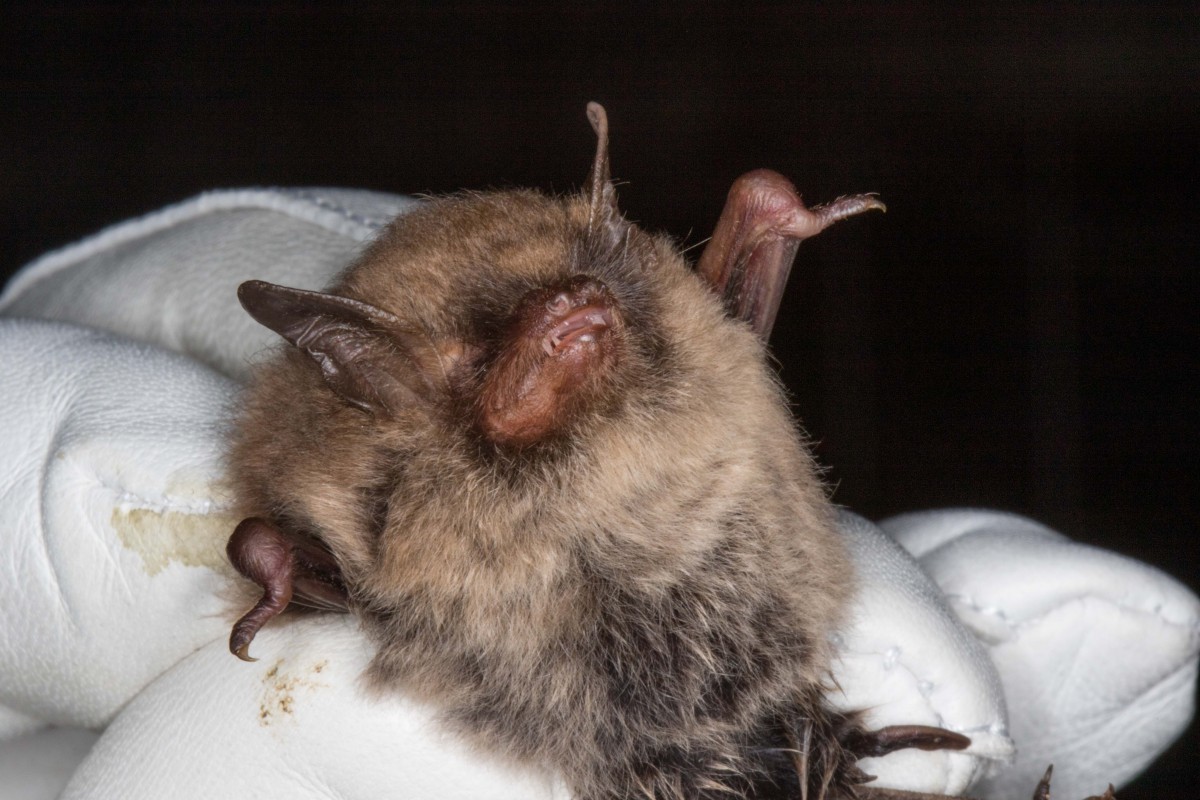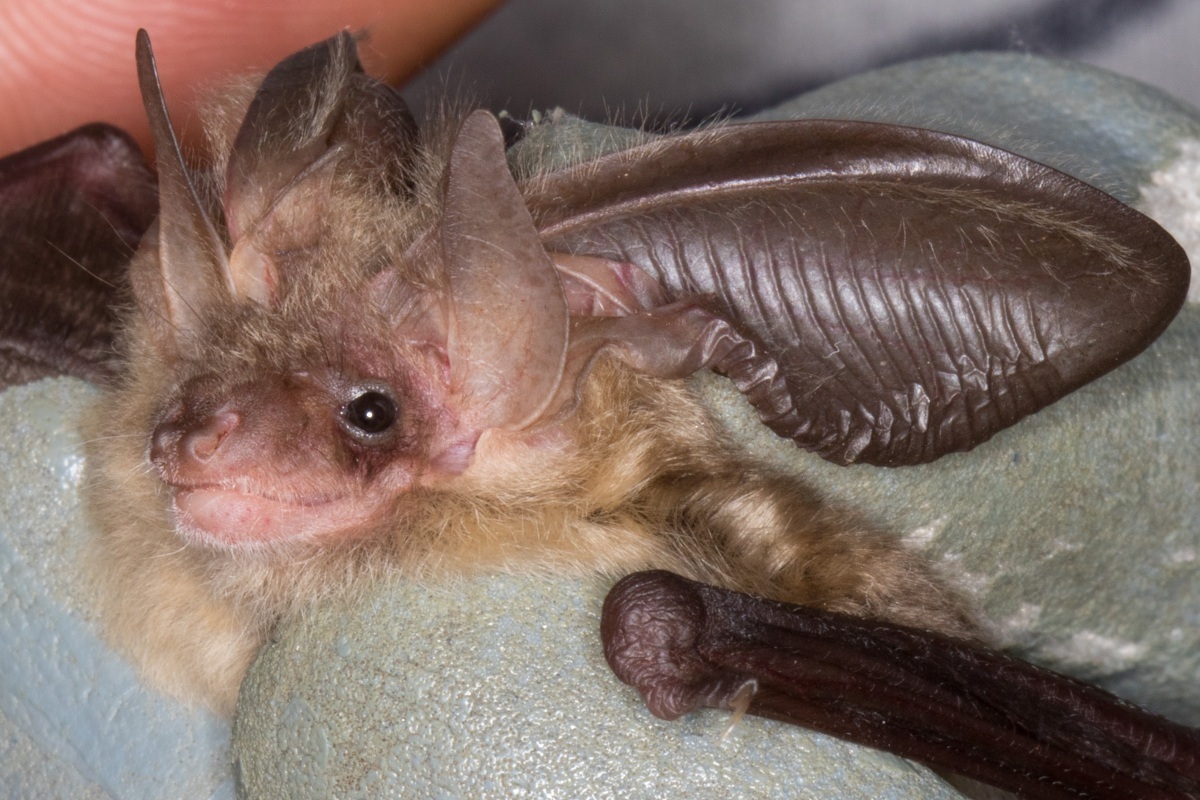All of the bat species present in Jersey and indeed the U.K. and rest of Europe are insectivorous. As bats have such a high metabolism and require lots of energy to fly, they can consume huge numbers of insects a night. A garden which encourages insects will certainly, therefore, be more beneficial to the bat population generally. Whether you have a small plot or acres of countryside to manage, you can certainly encourage a healthy and more natural garden which will help bats no end.
There are several gardening guidelines which as a general rule will help encourage all wildlife into your garden and which can in turn result in a healthier patch from which you will reap the benefits:-
- Mix native and non-native plants. Both can be valuable nectar and pollen sources for insects but try and ensure you use plants with simpler, open structured flowers (rather than double blossoms) as these tend to hold more nectar that is more accessible to insects. Also try and grow plants which flower throughout, and at different times of, the year ensuring there is a constant ongoing food source to encouraging insects throughout the seasons. By using a variety of flower types, colours and shapes and also vegetables, trees & shrubs you can encourage a huge diversity of insects. Specifically for bat food try and plant evening or night scented flowers (e.g. Night-scented Stock or Evening Primrose), which encourage insects active in the evening, especially moths, and also paler flowers which are more easily seen in poor light. If you can, prevent cutting back flowering perennials until spring. Although they die back the dead foliage supplies a useful hibernation site for insects and the seed heads are a good food supply for many birds & other animals.
- Plant trees and shrubs. Even a small tree can be of great use, supplying food for insect larvae & the adult insects themselves, shelter for flying insects and even roosting opportunities for bats. Trees and shrubs will also create a greater structure to your garden and give cover to foraging bats as well as flight lines for bats leaving roosts around dusk (even a 10 metre gap in a hedgerow may make a bat change its route). For a small garden use trees which can be coppiced (such as Hazel) in order to prevent too huge a tree growing or even just select smaller growing trees such as Hawthorn, Elder or Rowan. Other trees which are of great use to insects are Willow (fast growing), Oak (slow growing) and even Holly, although, as a general rule all will be of some use and it can be dependent upon the site in question as to which plant species are best used, however, it should be noted that native species will be more attractive to the British insects. You can also plant climbers to scramble over bare walls and fences. Not only will this supply more vertical habitat and food sources but will also supply a little more interest in a boring garden corner.
- Create a wet area, pond, bog area or small water feature. Ponds can be of huge benefit to any wildlife garden (ideally without fish). Not only can bats use a pond to drink from but they will also attract an abundance of insects, especially those with larval stages requiring water for early development. If you watch your pond around dusk you may see bats flying over the water preying on emerging insects. Planting around the margins of your pond will provide extra habitat for all sorts of animals and do not worry too much about size, although a larger pond will of course support more wildlife, you will be astounded by the draw of even a small wet area.
- Wood piles. As you know some of our bats are gleaners. Having some piles of dead wood will especially encourage beetles and other insects. They also have the benefit of being good spots for amphibians, who will help out with all the slugs and snails eating your plants! Any wood can be used but you will find that native hardwood will support a greater diversity of insects. It can also help to part bury a couple of the logs up to 10cm into the soil or even throw some soil amongst such piles. You can effectively use a log pile like a rockery, planting up ferns and other woodland plants in a shady spot. You will soon see the same colonised by lovely mosses, funghi and lichens.
- Get rid of insecticides and try organic gardening. The use of insecticides obviously kills the bats prey and also means any remaining prey items can carry traces of poison, not nice for your average friendly bat! Insecticides also kill off other insects such as ladybirds and spiders which are the natural predators of many insects which are detrimental to the plants you want to grow. By going organic and encouraging other useful insects, mammals, birds or amphibians you can control the level of pest species in your garden. Whilst going organic you may want to try creating a compost heap. A compost heap not only supplies useful habitat for invertebrates, creating more insects for the resident bats, but is also a good way to recycle your garden & kitchen waste and will produce a lovely garden mulch for your flower beds. This mulch can in turn be used to keep weeds down in your garden as well as being a great nutrient supply for your plants.
- Mini meadow. If you have a decent sized lawn, consider leaving part of it uncut or even sow part of it as a miniature flowering meadow. The long grasses act as a great habitat for butterfly & moth caterpillars, as well as beetles and therefore encourage additional bat prey to your garden (it can even be a brilliant hiding place for young amphibians). Rather than using a general seed mix, why not try selecting seeds of a suitable nature and colour which best suit your garden?
- Creature comforts. Why not try and install an additional feature, such as a bat box to encourage roosting? If you do not want to spend too much money they are pretty easy to make. Try some of the links below (especially the BCT website or The Wildlife trust). Also, why not try and supply houses for insects and other animals whilst you’re at it? Many insects can be catered for and again the Wildlife Trust has some great notes on how to make these. If not they can be bought from garden centres island wide, or again try some of the links below.
Links
- https://happydiyhome.com/water-garden-plants/ comprehensive guide on the 20 best water garden plants for ponds and fountains
- www.floralocale.org (wild plant communities / suppliers)
- www.wildflowers.co.uk (deliver to Jersey / supply good load of wildflowers)
- www.wigglywigglers.co.uk (green & environmentally sound gardening – tips on wildlife)
- www.wildforms.co.uk (for info / bird & bat boxes, etc.)
- www.naturalengland.org.uk (promotion of natural UK / info on planting, wildlife etc. Check the research catalogue for bat information amongst many other things)
- www.wildlife-gardening.org.uk (excellent info on wildlife gardening)
- www.hairypotplants.co.uk (plants for wildlife with environmentally sound pots)
- www.jerseyplantsdirect.com (local herbs)
- www.wildlife-gardening.co.uk (purely organic & wildlife gardening tips)
- www.puddleplants.co.uk (native pond plants)
- www.reallywildflowers.co.uk (wild flowers)
- www.suttons.co.uk (general seeds)
- www.thenaturalgardener.co.uk (organic gardening ideas & shop)
- www.wildaboutgardens.org (excellent info on wildlife gardening)
- www.wildlifetrusts.org (very good leaflets on pond design, wildlife box building, etc.)
- www.british-trees.com (all you need to know about native trees and suppliers of species of British origin, especially hedging)
- https://www.avasflowers.net/flowers-and-plants-to-attract-birds-and-other-wildlife (flowers and Plants to Attract Birds and other Wildlife)
